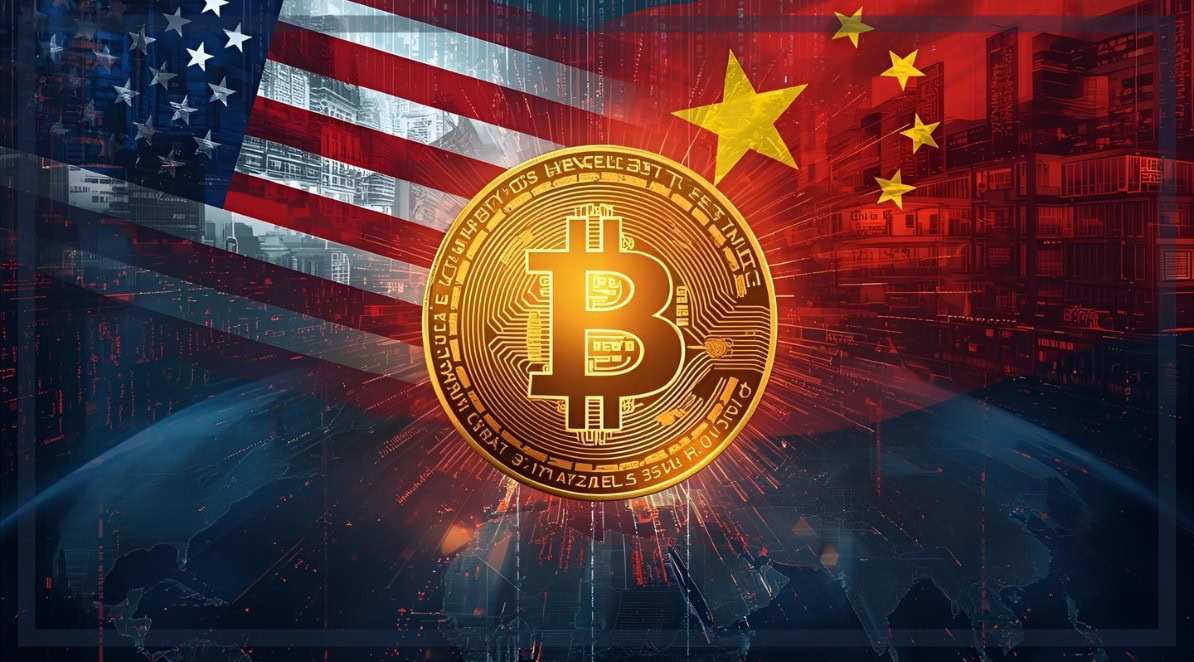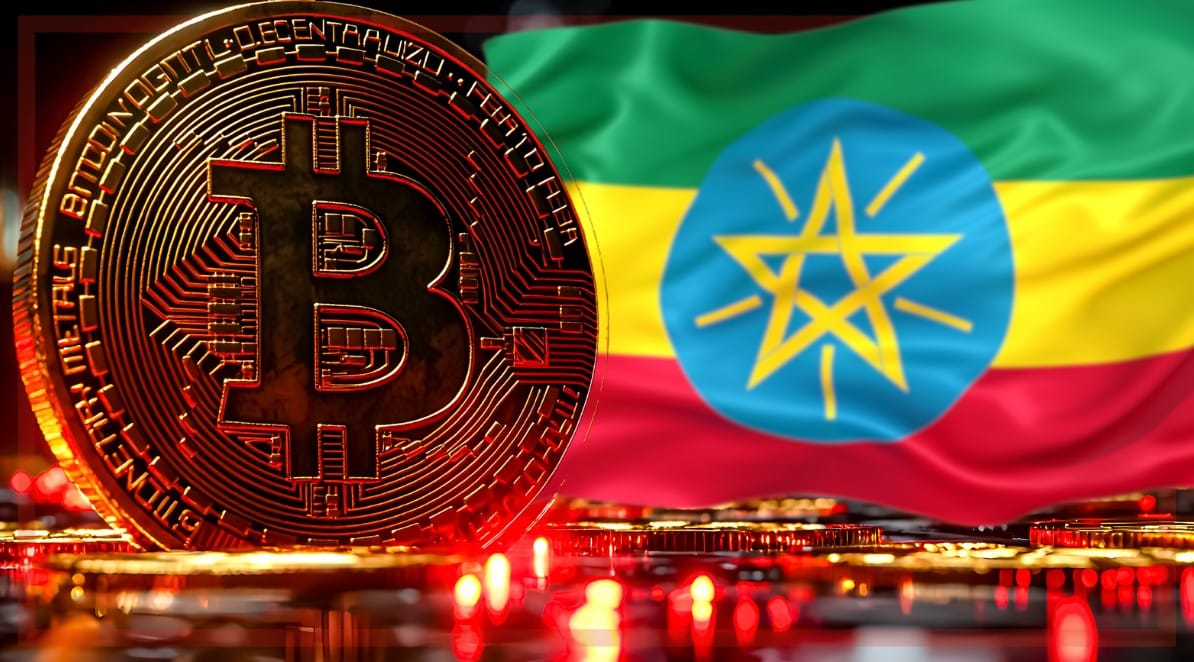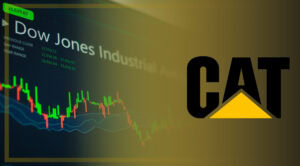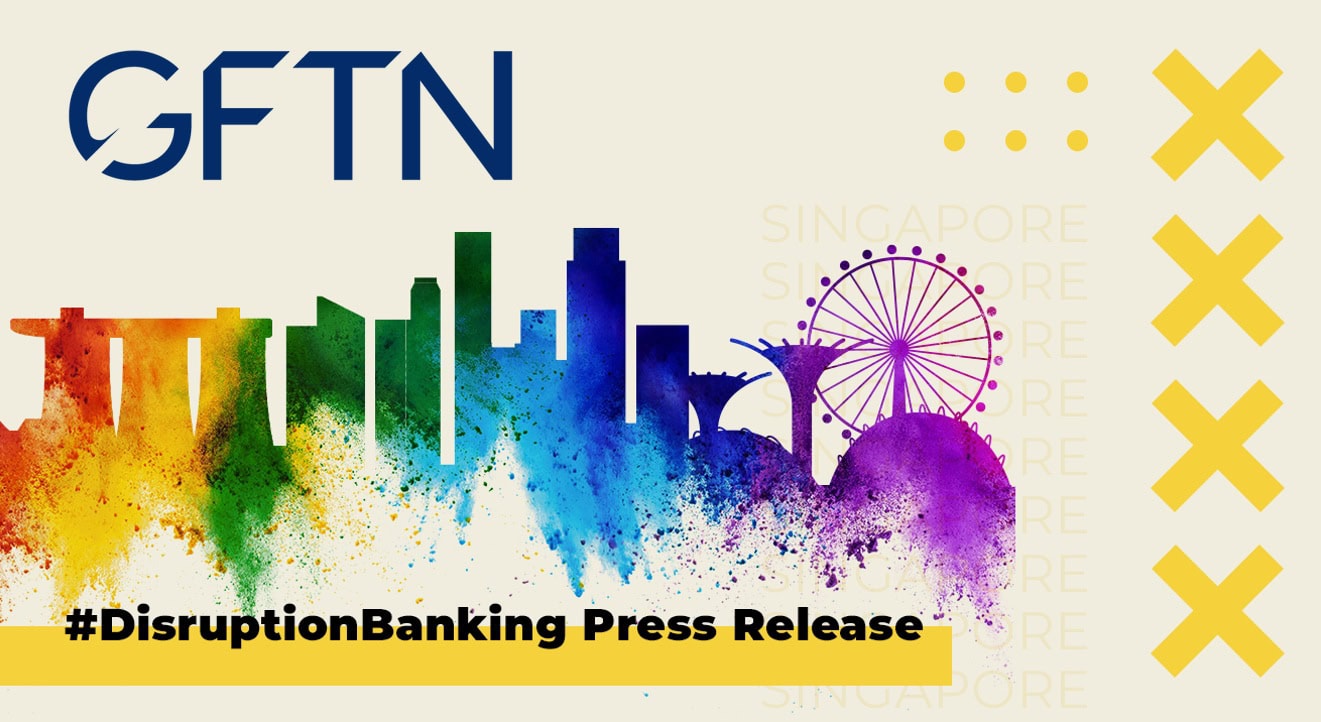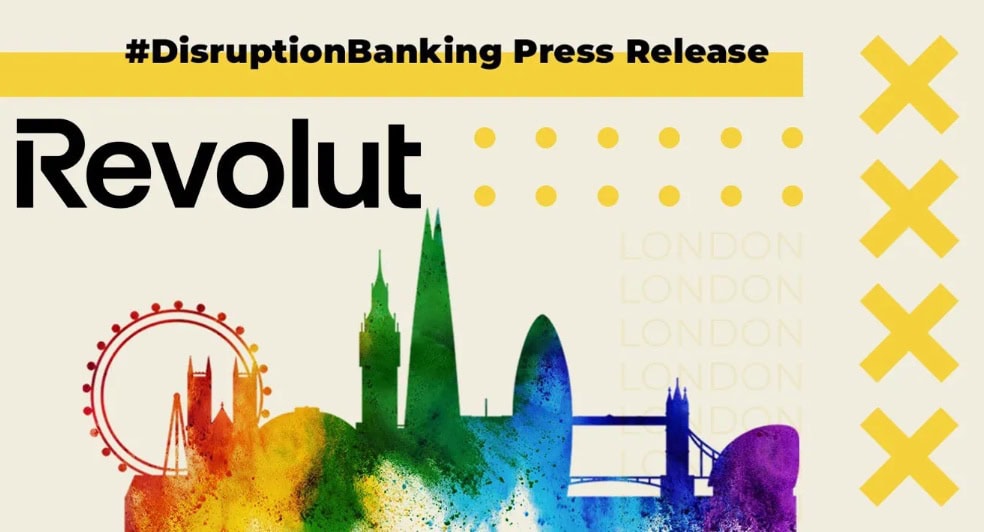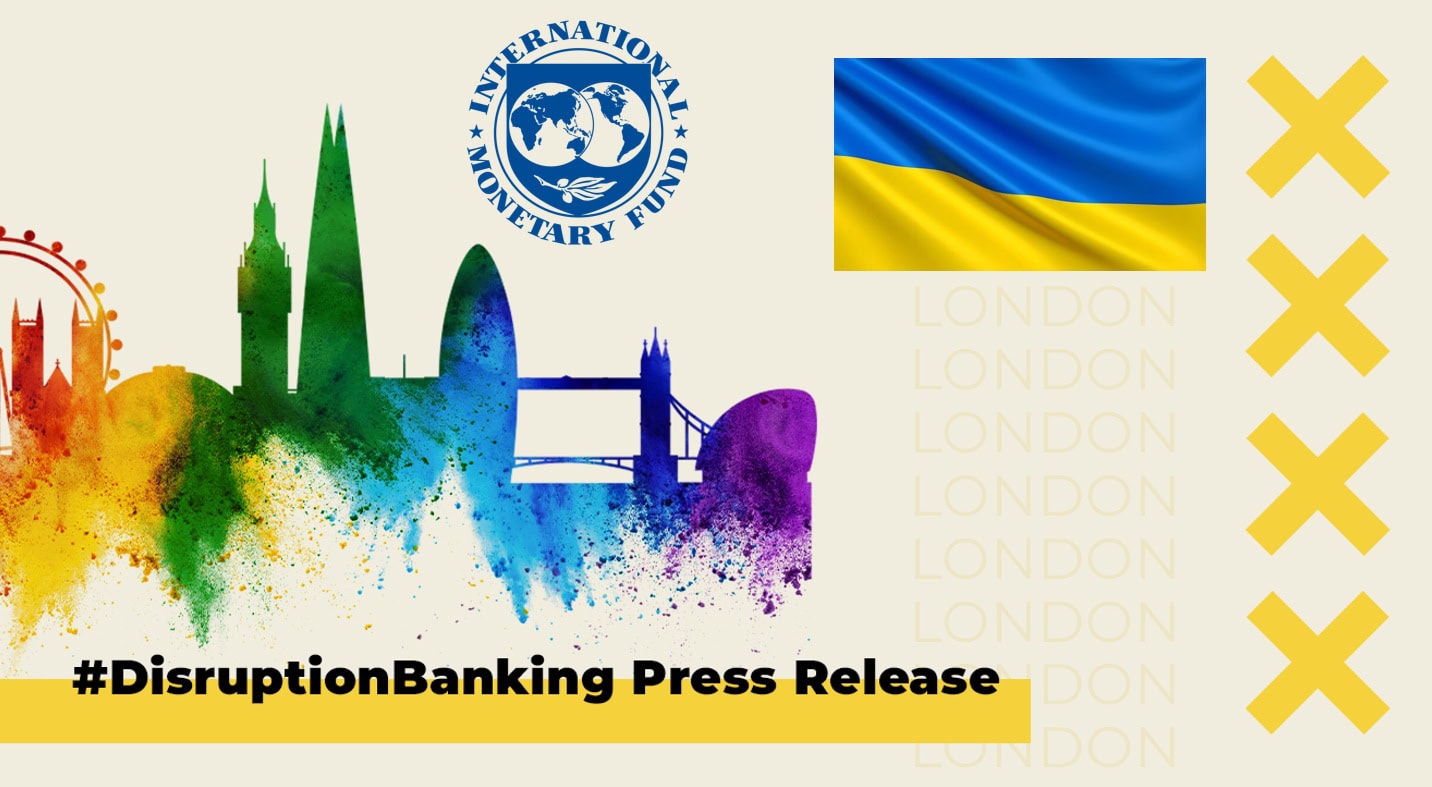NFTs (non-fungible tokens) have been a buzzword in the past two years. But let’s start with the basics. What does NFT mean actually? The “non-fungible” part means that each NFT is unique. You cannot usually swap one NFT directly with another, as they are not the same. For this reason, NFTs are often used in the form of collectibles and arts. The token part means that it is executed via smart contract and is live on a blockchain to represent an ownership registry. NFTs are usually categorized as illiquid assets, and the price varies per buyer’s willingness to pay for that art or collectible piece. However, in this article, forward-looking use cases of NFTs in the DeFi world will be explored and discussed. But before that let’s talk about some out-of-the-box use cases of NFTs.
NFT use cases
The use of NFTs as a collectible is a widespread approach on almost all blockchain networks. However, this is just the starting point. It is simple to understand and without complication. Users can still use these collectibles as avatars (e.g., Twitter) if the website supports it. There can be many other use cases in the future.
Another way to use NFTs is in the music industry. It is a known fact that the middleman between the composer and listener usually earns more than the artist himself or herself. NFTs can open a new world for composers to engage with their audience in a direct way via dedicated platforms. Still, the platforms can earn revenue via royalties (e.g., 5% or 10%), but most of the earnings will go to composers. Additionally, to appreciate long-term fans, a special discount for concerts or exclusive events can be applied for NFT holders. In March 2021, Kings of Leon released an album titled “When You See Yourself”, with sales being worth several hundreds of Ethereum. Six ‘Golden Ticket’ auctions, guaranteeing the owner four front-row seats to one show of every Kings Of Leon headline tour for life, have brought in a significant portion of the revenue too.
NFTs have already been used in Metaverses, and it is estimated that metaverses will grow exponentially. Goldman Sachs sees the Metaverse as an $8 trillion opportunity in the future. It is expected that the usage of NFTs will also grow. NFTs such as skins, clothing, property, etc. can be sold in the marketplace and can be attributed per user’s wallet to be transferred from one metaverse to another. Interoperability between metaverses will allow users to experience a wide range of metaverses and bring their digital holdings along with them.
Integration with DeFi
Integration of NFTs with the DeFi world has started already. We have seen that some Decentralized Exchanges (DEXs) are using NFTs to boost yields on farming pools or decrease trading fees. Also, on PancakeSwap (a Decentralized Exchange running on the Binance Smart Chain), we saw that the DEX also opened its own NFT marketplace. Additionally, users can also be rewarded with NFTs as we saw in the example of Genius Yield Initial Stake Pool Offering (ISPO) Staking. If one delegated a minimum of 500 ADAs for 28+ epochs, then the delegator qualified for the Diamond Hands NFT. The ISPO NFTs will have the unique utility to unlock the GENS staking reward program for vested GENS.
Can NFTs be used as collateral?
In the lending and borrowing protocols, we have seen protocols that use cryptocurrencies as collateral. One of the best-known examples of such platforms is AAVE. AAVE operates on different blockchains and allows one to supply assets and earn interest on them. For example, at the time of writing, the annual percentage yield (APY) of ETH is 0.73%. APY is the real rate of return earned on an investment, taking into account the effect of compounding interest. Additionally, one can also borrow assets and pay interest on the principal amount.
While recently we saw the centralized borrowing and lending protocols, namely Celsius, is in bankruptcy proceedings, decentralized ones, for example, AAVE performed very well in turbulent markets and proved that decentralized market players are here to stay. We are now starting to see protocols launching, that use NFTs as collateral, however, this method has not yet been widely utilized. One of the main reasons is that NFTs are usually illiquid assets. Using them as collateral can be difficult, because if there is no buyer for that NFT then the value of this collateral cannot be estimated.
One of the out-of-the-box ideas came recently from Fluid Tokens. In peer-to-pool NFT lending platforms, borrowers stake their NFTs in a smart contract and receive the required loan amount from the liquidity pool comprising assets deposited by lenders. Furthermore, since the lender and borrower can decide when the loan must be repaid in full, the borrower can, at any time, pay back the loan before expiry. Still, the loan can be repaid even after expiry, provided the lender hasn’t claimed the collateral NFT.

These ideas by Fluid Tokens are revolutionary and might have a significant impact on lending and borrowing protocols.
Conclusion
NFTs have come quite a long way since the beginning as basic collectibles, and now expanding in form and function with many future use possibilities. Integration of NFTs with the DeFi world and the potential use of NFTs as collateral is a novel and exciting concept, and one that many NFT fans and owners will be interested to keep an eye on. Though using NFTs as collateral does pose some challenges, we are now starting to see the ways that builders, like Fluid Tokens developers, can tackle the issues and provide workable solutions that keep pushing the space forward.



